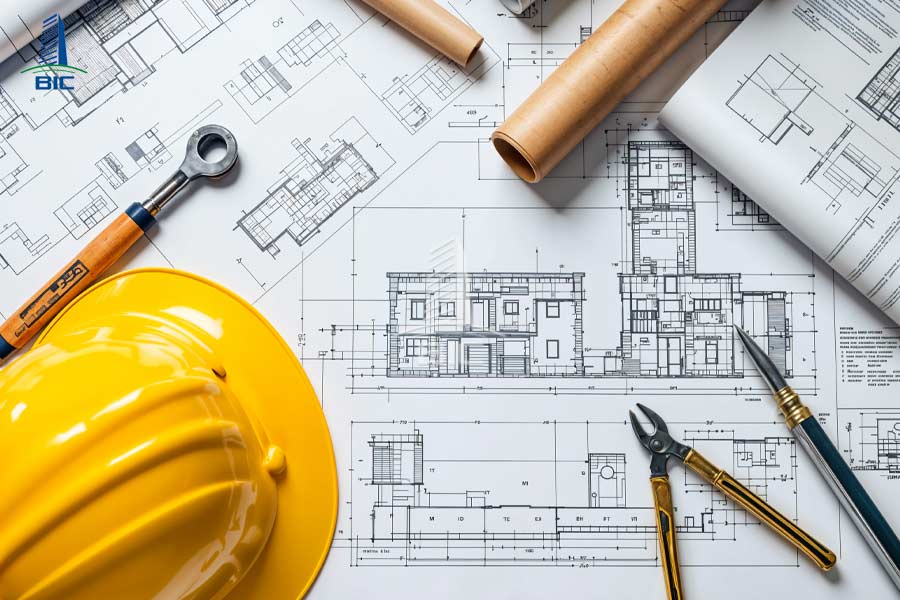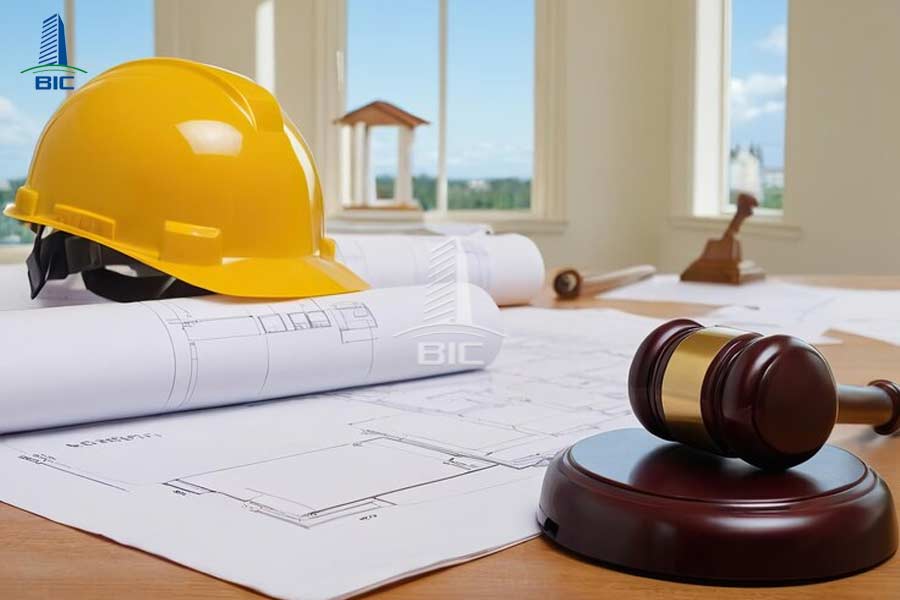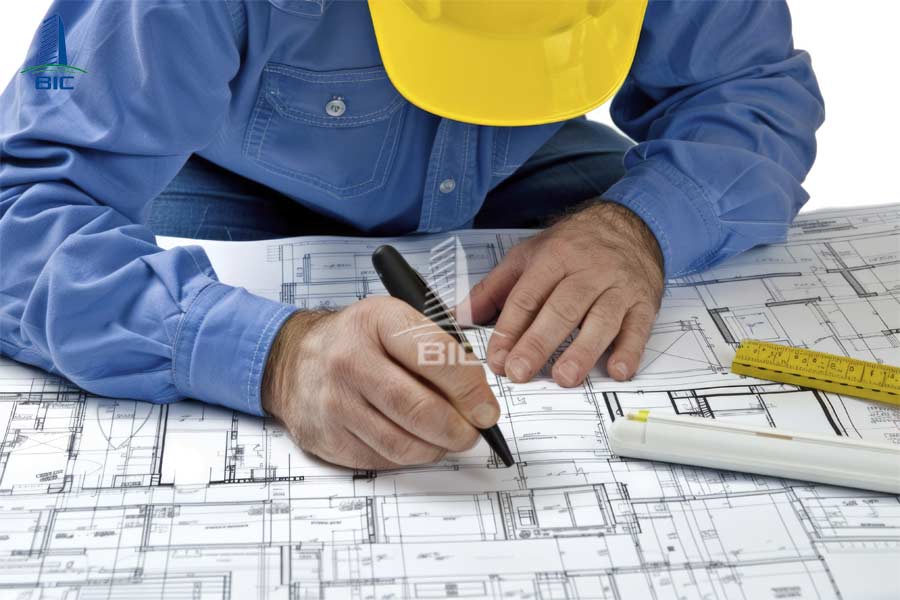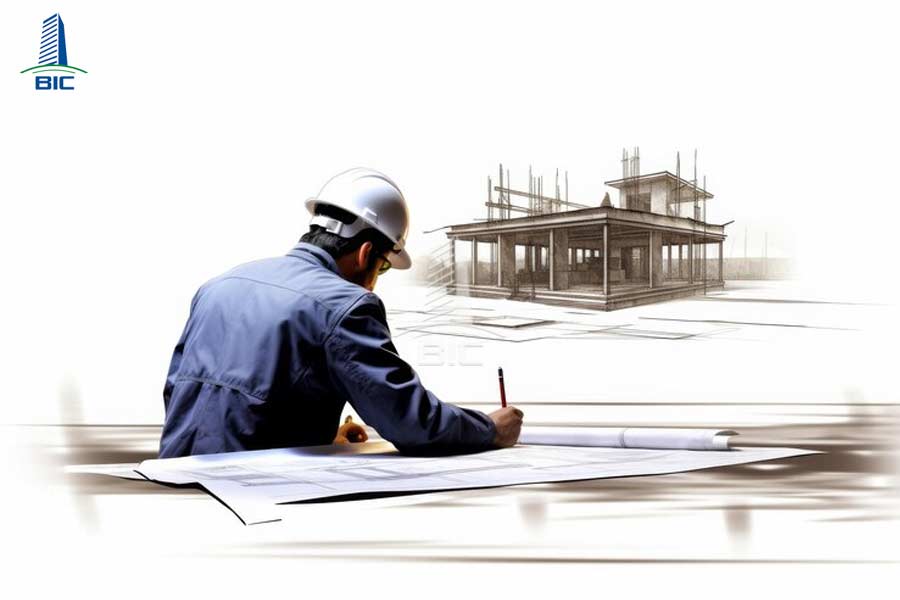
In the realm of industrial facility design construction, groundbreaking signifies more than just laying the first brick; it represents the culmination of meticulous legal preparation. A comprehensive and compliant legal dossier is paramount to ensure timely project execution and to avert potential risks such as suspension, administrative penalties, or enforced dismantling.
However, many investors and enterprises often find themselves uncertain about the necessary legal documents required prior to initiating factory construction. This article aims to elucidate the complete list of documents, submission procedures, and critical considerations to ensure your project commences lawfully, safely, and efficiently from day one.
In industrial construction, legal documentation serves not merely as a procedural formality but as a safeguard against legal and administrative risks. Incomplete or non-compliant documentation places the project in a precarious legal position, where any construction decision could be halted at any moment by regulatory authorities.
The current legal framework, notably the Construction Law 2014 and its amendments up to 2020, stipulates that before commencement, all projects must fulfill requirements regarding construction permits, approved design documents, fire safety certifications, and environmental and technical infrastructure considerations. This applies uniformly to factories, including those within industrial zones.
Neglecting legal procedures can lead to administrative sanctions, mandatory dismantling of constructed parts, or prohibition from operationalizing the facility until all legal requirements are met. Such outcomes not only incur direct financial losses but also tarnish brand reputation, especially for projects integral to production chains, international contracts, or those with foreign investment.
Conversely, thorough legal preparation from the outset legitimizes the entire construction investment process. With properly approved documents and assigned management codes, investors can seamlessly coordinate with relevant authorities such as industrial zone management boards, fire safety departments, environmental agencies, and power suppliers. Subsequent inspections, supervision, and acceptance procedures also proceed smoothly, as the entire process aligns with a clear and transparent legal framework.
Particularly for factories, where technical standards, operational safety, and environmental compliance are stringently monitored, legal documentation transcends mere paperwork. It stands as evidence of a reliable construction, a legally authorized production system, and readiness to integrate into the global supply chain.

Initiating a factory construction project is unfeasible without the following core legal documents. Regardless of the project's scale or location within an industrial zone, these documents establish the legal foundation for construction and subsequent operations.
Before addressing construction design, the foremost prerequisite for any project to receive construction approval is the legal right to use the intended land. The Land Use Rights Certificate (commonly known as the "red book" or "pink book") confirms the investor's legal entitlement to the land parcel.
In certain scenarios, especially when enterprises lease land within industrial zones, a land lease agreement accompanied by documentation verifying the lessor's legal leasing rights can serve as a substitute. Ensuring the transparency and legality of land use rights is crucial, as any ambiguity can stall subsequent permit applications and impede lawful project execution.
Vietnamese law mandates that all construction projects, including industrial factories, must obtain a construction permit prior to commencement, except in specific exempted cases. The construction permit signifies governmental approval of the factory's design, intended use, land utilization ratio, height, setbacks, and other planning-related factors.
In industrial zones, the authority to issue construction permits may reside with the Industrial Zone Management Board or the Department of Construction, depending on the locality. Assuming exemption without explicit confirmation can lead to administrative violations upon inspection. Therefore, most professional enterprises opt to complete the full permit application process to safeguard their projects from potential legal disputes.
A legally compliant factory design encompasses more than architectural, structural, or electromechanical drawings. It results from collaboration between certified engineers, architects, and a legally qualified design organization.
At the construction permit application stage, either basic or technical design drawings, depending on the project's scale, must undergo appraisal by a licensed entity and approval by the relevant authority. Designs not properly appraised or created by unqualified organizations (e.g., companies lacking at least a Class II design capability certificate for factories) will be rejected, necessitating a complete restart of the permit process.
Moreover, factory designs must clearly delineate the functions of each area—production zones, warehouses, safety corridors, technical areas—not only to meet technical requirements but also to facilitate future acceptance procedures. Detailed drawings enhance approval likelihood and minimize legal risks.

While not all projects require an Environmental Impact Assessment (EIA), most factories particularly those in chemicals, packaging, food processing, textiles, or mechanical industries are mandated to conduct one. The EIA represents the investor's commitment to the state regarding pollution mitigation measures during construction and operation.
The EIA dossier should detail the production process, types of waste generated, treatment methods, and environmental monitoring plans. Upon completion, the dossier must be appraised and approved by the Department of Natural Resources and Environment or the Industrial Zone Management Board. This process typically spans 30 to 45 days and constitutes a critical phase that demands thorough initial preparation.
Given that factories house machinery, materials, chemicals, and a continuous workforce, fire safety cannot be relegated to mere warnings. Fire Prevention and Fighting Law mandates that all production facilities, warehouses, and processing plants develop a fire safety design dossier and obtain approval from the Fire Prevention and Fighting Police before construction begins.
The dossier should include fire alarm and suppression system drawings, evacuation plans, water flow calculations, safe passageways, and rescue organization structures. Importantly, the fire safety design must be crafted by a qualified entity and integrated from the preliminary design stage to avoid retrofitting systems post-design, which often leads to errors and dossier rejection.

A modern factory is inextricably linked to its technical infrastructure. Systems for water supply and drainage, medium-voltage electricity, wastewater treatment, and emission control must be clearly represented in the technical design documentation and receive approval or connection confirmation from relevant authorities (electricity providers, water supply companies, local environmental agencies).
Delaying the preparation of these documents until near project completion often necessitates costly underground system modifications and electrical system overhauls, significantly impacting construction timelines.
Prior to construction, the investor or the responsible contractor must submit a dossier committing to occupational safety for all workers and engineers on site. This dossier should encompass safety plans, construction methods, machinery movement diagrams, lifting equipment, and accident risk mitigation measures.
Simultaneously, construction insurance serves as an indispensable financial safeguard. It is not only a legal requirement but also an ethical responsibility of the investor to protect assets, personnel, and mitigate risks during construction. Absence of construction insurance certification can lead to rejection during acceptance procedures or denial of completion certificates.
The legal process for factory construction commences with the completion of technical designs and the preparation of all related documents, including land papers, fire safety designs, environmental assessments, and occupational safety dossiers. All must be executed by entities with the requisite legal capacity.
Upon completion, the investor submits the dossier to the competent authority: the Urban Management Department at the district level for civil projects, or the Industrial Zone Management Board/Department of Construction for projects within industrial zones. The processing steps include dossier appraisal, design approval, and construction permit issuance.
Processing time typically ranges from 20 to 30 days for compliant dossiers. Specific components like fire safety or environmental assessments may extend this period. Delays often stem from incomplete or inconsistent documentation; hence, initial quality control is vital to prevent legal process disruptions.

Frequent mistakes include invalid or missing original land use certificates, unverified factory design drawings, inconsistencies between fire safety dossiers and technical designs, or absence of accompanying legal documents like the EIA or occupational safety commitments. Such errors result in repeated dossier returns, prolonging legal procedures and incurring unnecessary costs.
During preparation or implementation, if the investor alters layouts, adds functions, or adjusts technical systems like electricity, water supply, or fire safety, all related drawings must be updated and resubmitted for approval. Proceeding with construction based on new designs without legal updates constitutes a violation and may prevent project acceptance.
Selecting a design and construction firm with in-depth knowledge of factory construction laws is crucial for expediting permit acquisition and minimizing dossier rejection risks. An experienced general contractor not only handles design and construction but also assists the investor in completing all legal procedures, from dossier submission and feedback adjustments to project completion and handover. This ensures the project operates on schedule and within legal parameters from inception.

- Investor: Holds ultimate legal responsibility. Even when engaging legal consultants or general contractors, the investor remains accountable for the completeness and legality of the documentation. Regulatory authorities will impose penalties, suspensions, or deny acceptance if violations occur, regardless of whether errors originated from consultants or designers.
- Design Unit: Responsible for the legality and technical accuracy of the documentation. Technical designs, basic drawings, fire safety solutions, and structural plans must be executed by organizations with appropriate capability certificates. Non-compliant designs lead to dossier rejection, directly affecting permit issuance and construction timelines.
- Legal Consultants and General Contractors: Assist in preparation but do not replace the investor's responsibility. Their role is to review, organize documentation per regulations, submit dossiers, and liaise with authorities for necessary adjustments. Without stringent oversight from the investor, documentation may still be incomplete, causing project delays.
- Regulatory Authorities: Solely responsible for receiving and reviewing submissions, not for completing documentation on behalf of the investor. Some investors mistakenly believe that authorities will guide them through every step when issues arise. In reality, authorities are tasked with verifying compliance and will return non-conforming dossiers, leaving completion responsibilities with the submitter.
In industrial construction, legal documentation is not a supplementary step but a prerequisite to ensure all construction activities are lawful, safe, and timely. A complete, consistent, and compliant dossier serves as a shield protecting the investor from legal risks, administrative penalties, and acceptance delays, which could result in substantial financial losses and impact the overall factory operation strategy.
If you are an investor preparing to launch a project, do not underestimate the importance of legal documentation control. Choose partners who possess not only technical expertise but also comprehensive legal capabilities spanning design, documentation preparation, permitting, construction, and project completion. This approach ensures your factory project commences smoothly, operates as planned, and maintains sustainability from the very foundation of legal compliance.
For professional consultation on industrial factory design and legal support, please contact BIC.